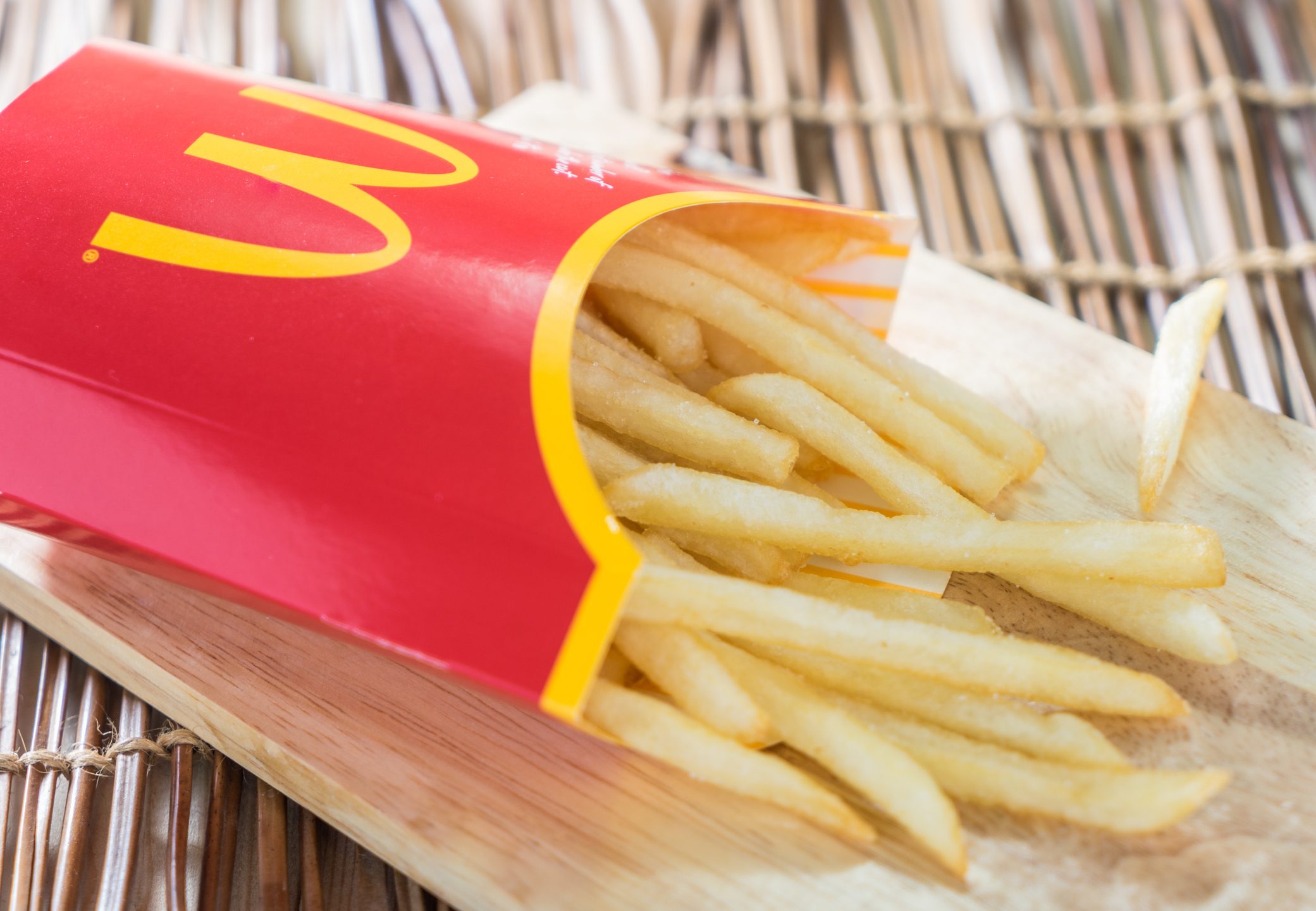Why Don’t McDonald’s Fries Taste The Same Anymore? No, You’re Not Imagining It
McDonald's fries don't taste the same anymore due to a switch from beef tallow to vegetable oil in the 1990s for health reasons, which altered their iconic flavor. Efforts to mimic the original taste with natural beef flavoring fell short, and the changes in frying techniques and ingredients, including non-GMO potatoes and preservatives, further impacted the iconic and sought-after taste.

McDonald's fries have long been a beloved fast-food staple, famous for their golden crispiness and irresistible flavor. However, many fans have noticed that McDonald's fries don't quite taste the same as they used to. What happened to that iconic flavor?
The Switch from Beef Tallow to Vegetable Oil
The primary reason for the change in taste lies in the type of oil used for frying. Originally, McDonald's fries were cooked in a mixture of 93% beef tallow and 7% cottonseed oil. This combination gave the fries a unique, savory flavor that was a hit with customers. However, in the 1990s, growing concerns about the health risks associated with saturated fats prompted McDonald's to switch to vegetable oil. While this change was made to create a healthier product, it significantly altered the flavor profile of the fries. The rich, beefy taste that once defined McDonald's fries was replaced with a more neutral, less distinctive flavor.

The Quest for Authenticity
In an effort to recapture some of the original taste, McDonald's introduced a natural beef flavoring to the vegetable oil. This flavoring, derived from wheat and milk derivatives, aimed to mimic the taste of the old beef tallow fries. While it did bring back some of the lost flavor, it wasn’t quite the same. The complexity and depth of the original beef tallow could not be fully replicated, leaving long-time fans yearning for the good old days. It’s like trying to recreate Grandma’s secret recipe – close, but not quite there.
Changes in Frying Techniques
Another factor contributing to the altered taste is the change in frying techniques over the years. The original method involved twice-frying the potatoes, first at a lower temperature to cook them through, and then at a higher temperature to achieve that perfect crispiness. Over time, changes in equipment and processes have led to variations in the frying technique, impacting the texture and taste of the fries. Modern methods aim for efficiency and consistency, but sometimes at the cost of that homemade flavor.

The Role of Ingredients
McDonald's fries have always been more than just potatoes and oil. The original recipe included dextrose, a form of sugar, to enhance the browning, and sodium acid pyrophosphate to maintain the color. While these ingredients are still in use, variations in sourcing and processing can also affect the final taste. Additionally, the switch to non-GMO potatoes and the introduction of various preservatives to extend shelf life have subtly shifted the flavor over the years. It's a bit like tweaking the ingredients in a favorite dish – even small changes can make a big difference.
;Resize,width=767;)

;Resize,width=712;)
;Resize,width=712;)
